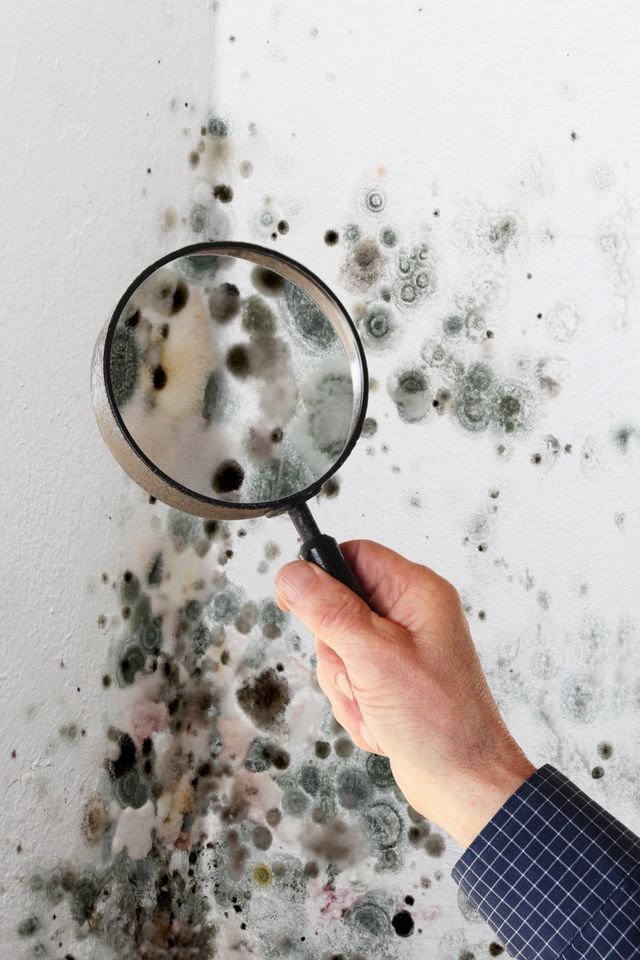Testing Air Quality After Mold Remediation
Wiki Article
Effective Article Mold And Mildew Remediation Solutions for Your Home
Mold development in homes can be a consistent concern, often requiring a systematic approach for effective post-remediation solutions. From recognizing the factors that add to mold and mildew advancement to executing appropriate cleaning methods and wetness control actions, the process can be intricate yet important for maintaining a healthy and balanced living setting. After mold remediation.Recognizing Mold And Mildew Development Aspects
Mold and mildew development is affected by a variety of aspects that are essential to understand in order to effectively resolve and avoid its proliferation. Comprehending these aspects is essential in implementing effective mold and mildew remediation strategies. The key factor adding to mold growth is wetness. Mold and mildew spores call for wetness to grow and germinate, making humid or moist atmospheres extremely prone to mold and mildew problems. Poor air flow can likewise result in moisture accumulation, creating a perfect breeding place for mold and mildew.
Furthermore, air movement and light direct exposure can impact mold and mildew development. Areas that lack proper air flow and natural light are a lot more prone to mold and mildew development. By addressing these aspects adequately, individuals can efficiently minimize mold development and protect their living environments.
Proper Mold And Mildew Cleansing Methods
Using efficient cleansing approaches is crucial in dealing with and protecting against the recurrence of mold contamination in indoor settings. When dealing with mold, it is critical to prioritize safety by putting on protective gear such as masks, goggles, and handwear covers. The initial step in appropriate mold and mildew cleansing is to have the damaged area to stop the spread of spores to unpolluted locations. This can be attained by sealing the space and utilizing air scrubbers or adverse air devices to preserve air top quality.
Applying Dampness Control Actions
To efficiently stop mold and mildew growth and contamination in indoor atmospheres, executing dampness control measures is paramount. In addition, guaranteeing proper ventilation in areas susceptible to moisture accumulation, such as restrooms and kitchen areas, can help minimize the threat of mold and mildew development. By faithfully applying these moisture control steps, property owners can efficiently reduce the likelihood of mold recontamination and keep a healthy and balanced indoor setting.Using Natural Remediation Solutions
After effectively executing wetness control measures to stop mold and mildew growth in interior atmospheres, home owners can currently explore the effectiveness of natural remediation remedies in preserving a healthy living area. Natural remediation solutions utilize ecologically pleasant approaches to fight mold and mildew and mildew, making them a preferred option for those seeking safe choices. By including these all-natural remediation options right into their cleaning After mold remediation routines, homeowners can successfully combat mold and mildew growth while advertising a much healthier indoor atmosphere for themselves and their households.
Keeping a Mold-Free Environment
Routinely checking areas vulnerable to mold development, such as shower rooms, attic rooms, basements, and kitchen areas, is vital. Proper air flow in locations with high humidity degrees is likewise crucial to protecting against mold and mildew development.Additionally, keeping sanitation in the home is important for mold prevention. Consistently cleansing and cleaning surface areas, rugs, and furniture can aid get rid of mold and mildew spores before they have a possibility to resolve and increase. Utilizing mold-resistant items for building products and home furnishings can additionally aid in creating a mold-free environment. Keeping indoor plants in check and ensuring appropriate water drainage in outdoor landscape design can reduce moisture accumulation, lowering the likelihood of mold invasions. By adhering to these proactive maintenance practices, home owners can successfully promote a mold-free space.
Verdict
Finally, it is vital to address mold development aspects, make use of correct cleaning techniques, execute dampness control measures, utilize natural remediation solutions, and keep a mold-free environment in order to efficiently deal with post mold and mildew remediation in your home - After mold remediation. By following these methods, you can prevent mold and mildew from reoccuring and ensure a healthy and balanced living atmosphere for you and your family
The key variable contributing to mold growth is wetness. Mold spores call for moisture to thrive and sprout, making damp or damp settings extremely susceptible to mold and mildew problems.To efficiently prevent mold and mildew growth and contamination in interior environments, implementing wetness control measures is extremely important. Additionally, making certain proper ventilation in areas susceptible to moisture buildup, such as bathrooms and kitchens, can aid decrease the danger of mold and mildew development.After successfully carrying out moisture control procedures to protect against mold and mildew development in indoor environments, house owners can now explore the effectiveness of all-natural removal options in keeping a healthy and balanced living room.
Report this wiki page